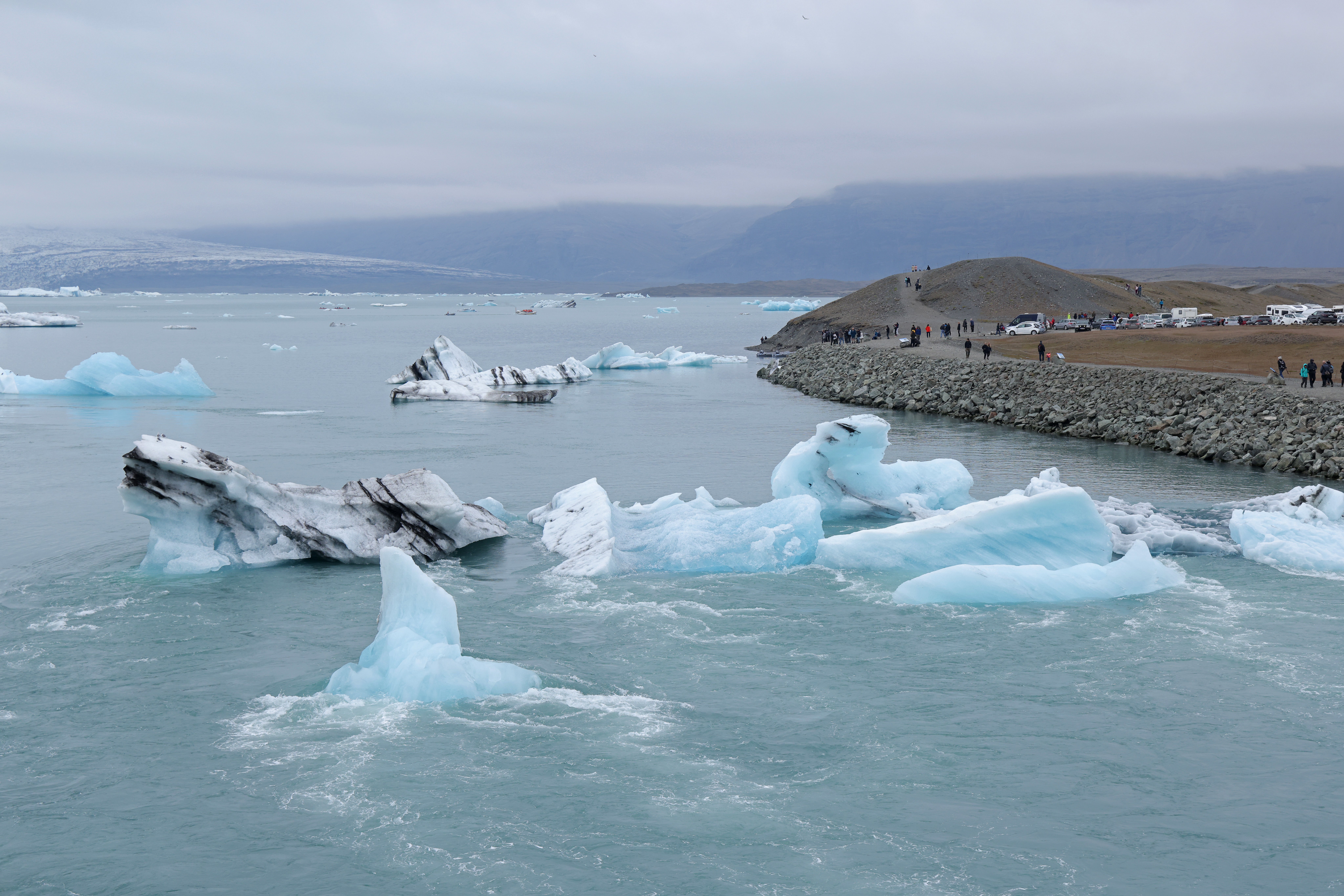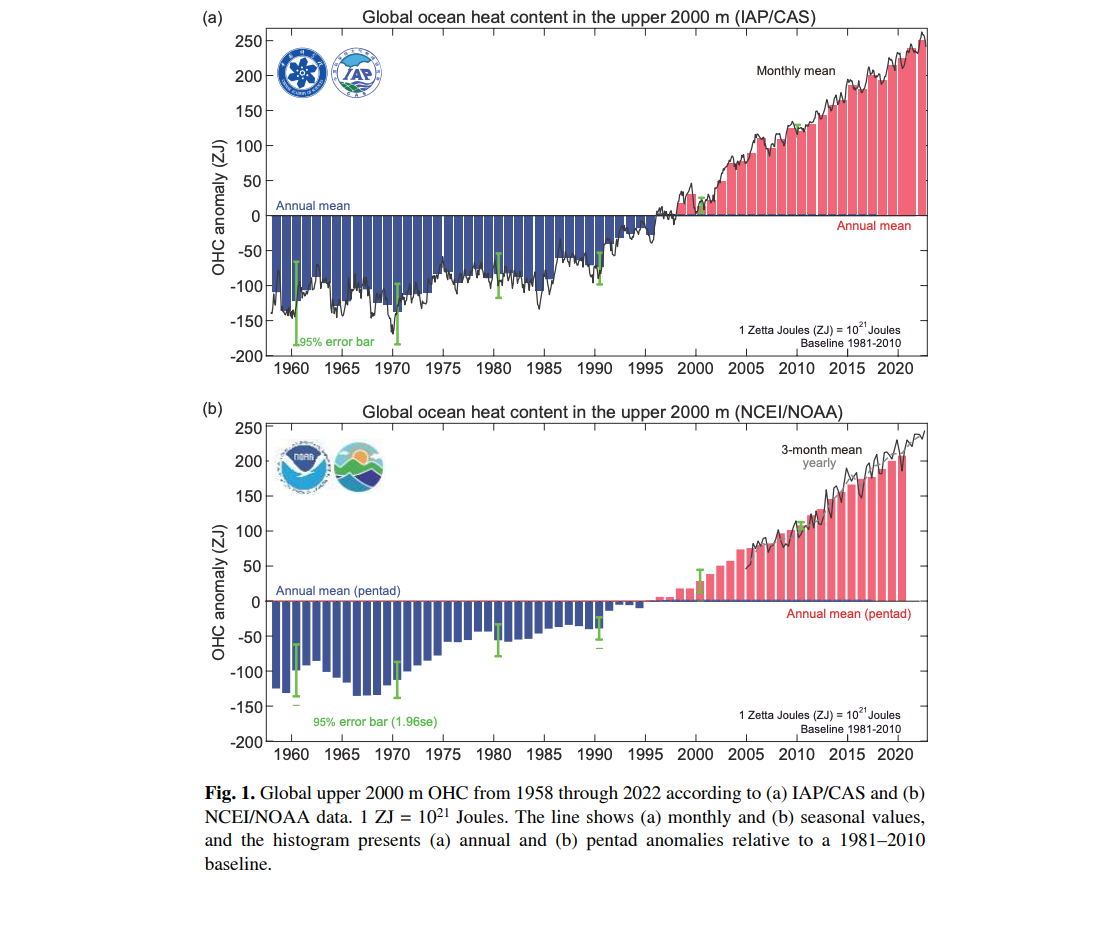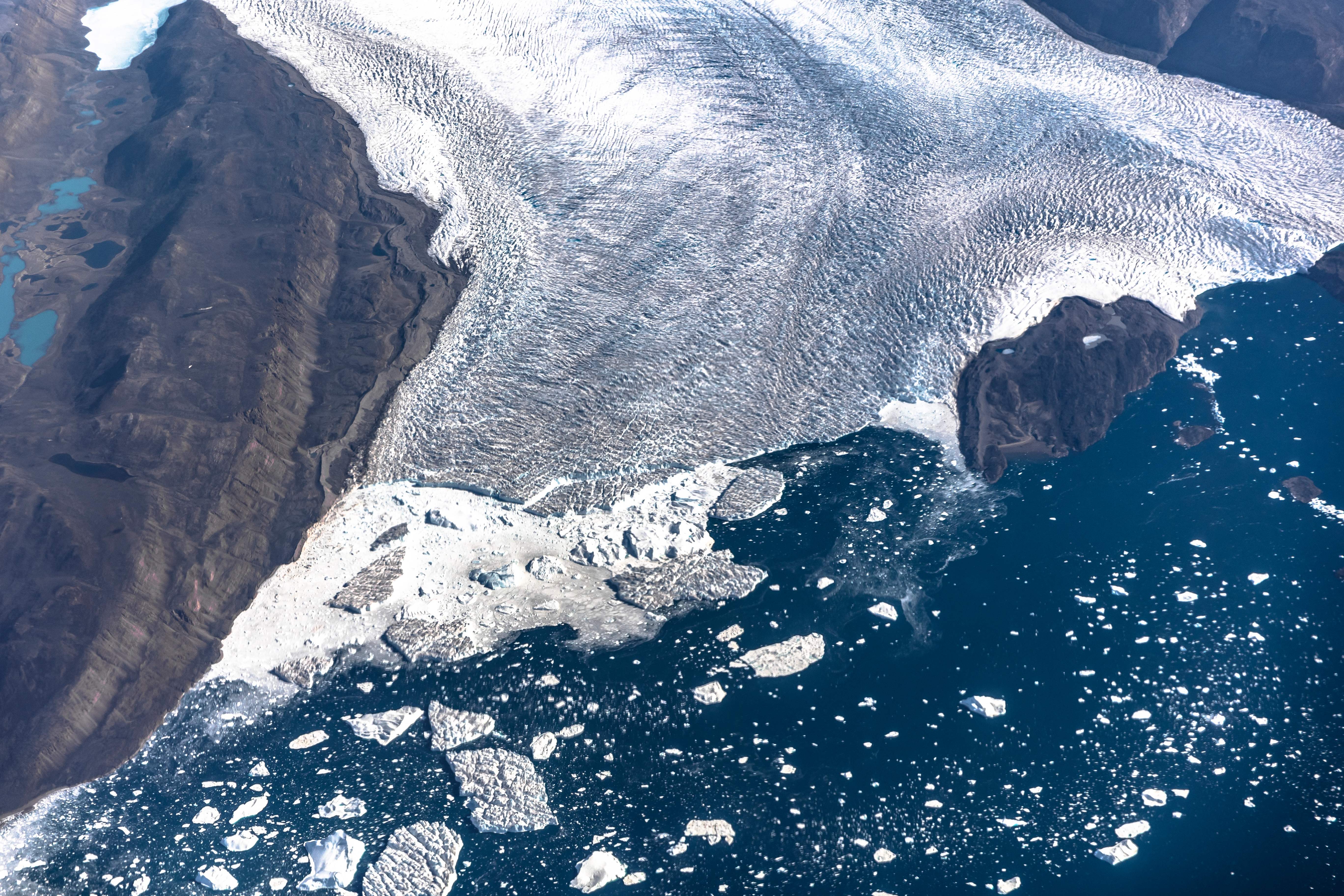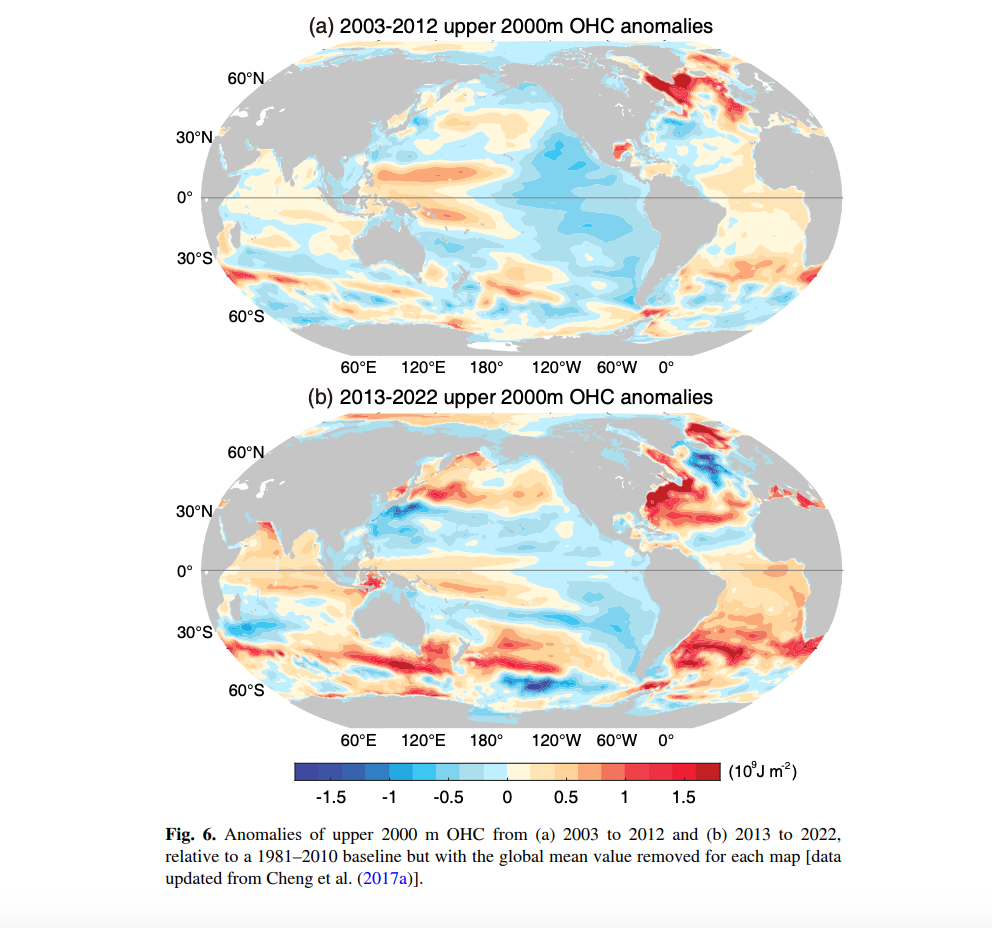Ocean temperatures hit record high in 2022, study shows
Findings evidence profound damage inflicted by human carbon emissions

Your support helps us to tell the story
From reproductive rights to climate change to Big Tech, The Independent is on the ground when the story is developing. Whether it's investigating the financials of Elon Musk's pro-Trump PAC or producing our latest documentary, 'The A Word', which shines a light on the American women fighting for reproductive rights, we know how important it is to parse out the facts from the messaging.
At such a critical moment in US history, we need reporters on the ground. Your donation allows us to keep sending journalists to speak to both sides of the story.
The Independent is trusted by Americans across the entire political spectrum. And unlike many other quality news outlets, we choose not to lock Americans out of our reporting and analysis with paywalls. We believe quality journalism should be available to everyone, paid for by those who can afford it.
Your support makes all the difference.The world’s ocean temperatures were the hottest ever recorded in 2022, breaking the previous record set in 2021, a new study has revealed.
The findings show the profound damage inflicted by human carbon emissions on the world’s oceans, and the far-reaching impact this has on the wider environment.
The Earth’s oceans absorb around 90 per cent of the excess heat trapped by emissions of greenhouse gases.

An international team of researchers said that in the past year, they have received an additional 10 Zetta joules of heat – roughly equivalent to 100 times the total electricity generated internationally in 2021.
The records, starting from 1958, show incessant warming of our oceans, with the rise in temperatures accelerating after 1990.
Rising ocean temperatures bolster the energy exchanges from ocean to atmosphere, increase the quantity of atmospheric moisture, and change the patterns of rain and temperature globally, the researchers explain.
On Tuesday, the publication of the European Union’s Copernicus Climate Change Service (C3S) revealed that 2022 was the world’s fifth warmest year on record, with annual temperatures 0.3C above the average for 1991-2020 – or around 1.2C above pre-industrial levels.
“The Earth’s energy and water cycles have been profoundly altered due to the emission of greenhouse gases by human activities, driving pervasive changes in Earth’s climate system,” the researchers conclude.
The ocean analysis, published in the journal Advances in Atmospheric Sciences on Wednesday, collects observations from 24 scientists across 16 institutes worldwide.

“The oceans are absorbing most of the heating from human carbon emissions,” study author Professor Michael Mann at the University of Pennsylvania said.
“Until we reach net zero emissions, that heating will continue, and we’ll continue to break ocean heat content records, as we did this year.
“Better awareness and understanding of the oceans are a basis for the actions to combat climate change.”
The team of researchers used two datasets, one from China’s Institute of Atmospheric Physics (IAP), and a second from the US National Centers for Environmental Information (NCEI) — both analysing the observations of ocean heat content (OHC) and their impact dating from the late 1950s.

The heat contained in the top 2,000m (6,560 feet) of the ocean was 10 ZJ, the data reveals.
Four ocean basins were noted for recording their highest temperature since the 1950s: the North Pacific, North Atlantic, the Mediterranean Sea, and southern oceans.

The researchers also collected data on ocean salt concentration, which tends to increase as temperatures rise. The excess heat boosts the pace of evaporation, which takes low-salt freshwater from the ocean into the atmosphere, increasing oceanic salt levels.
This also affects seawater density and, as a result, the circulation of ocean currents from the tropics to the poles.
The authors say that rising ocean temperatures also increase the quantity of atmospheric moisture, and change the patterns of precipitation and temperature globally.
“We want to show people that ocean warming is an important topic in climate change,” said lead study author Lijing Cheng, a scientist at the Chinese Academy of Sciences, in a video announcing the findings.
“And it has serious consequences and implications to the whole climate system.”






Join our commenting forum
Join thought-provoking conversations, follow other Independent readers and see their replies
Comments